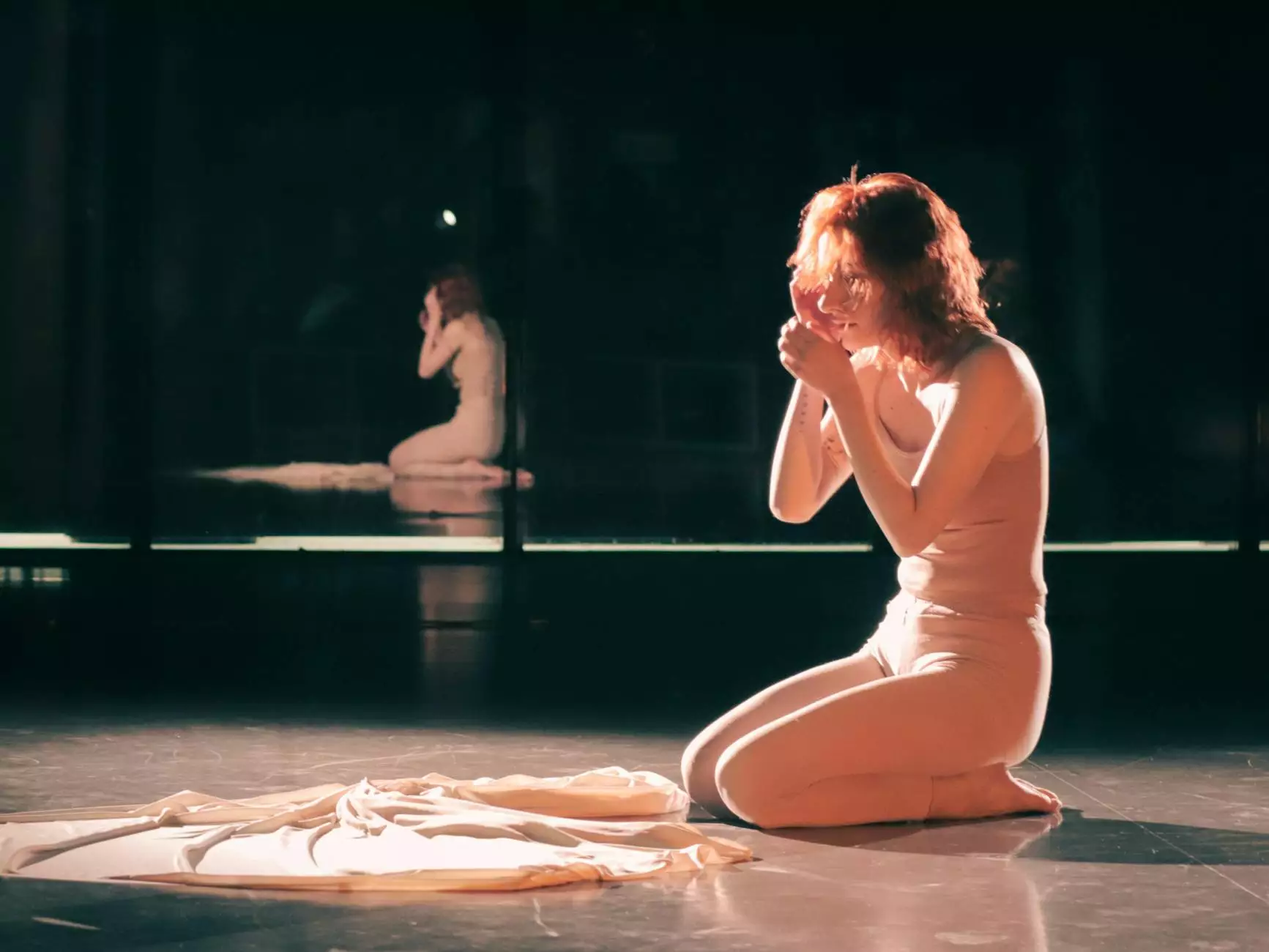Exploring the Transformative Power of Light Installation Art

In today's world, where technology and art intertwine, light installation art stands out as one of the most captivating forms of contemporary expression. This unique art form utilizes light as both a medium and a message, transforming spaces and uplifting the human spirit. Artists like Grimanesa Amoros have elevated this genre, creating installations that are not just seen but felt, inviting audiences into immersive experiences that challenge perceptions and ignite creativity.
The Essence of Light Installation Art
Light installation art is a fusion of artistic creativity and innovative technology. It goes beyond traditional lighting to create environments that resonate emotionally and intellectually with their viewers. These installations can vary in scale from small, intimate displays to grand public art pieces, often employing a combination of architectural elements, color theory, and organic forms. The essence of this art lies in its ability to manipulate space and perception through illumination.
What Makes Light Installation Art Unique?
Several factors contribute to the uniqueness of light installation art:
- Interactivity: Many light installations encourage audience participation, allowing viewers to engage directly with the artwork.
- Atmospheric Shifts: By altering the light within a space, artists can change the mood and ambiance, creating an emotional journey for the audience.
- Technological Innovation: The incorporation of technology—such as LED lights, sensors, and projections—enhances the visual experience and brings new dimensions to the art form.
- Ephemeral Nature: Many light installations are temporary, inviting viewers to engage with them during a limited time, creating a sense of urgency and exclusivity.
Notable Works in Light Installation Art
The realm of light installation art is vast, with many renowned artists making significant contributions. Grimanesa Amoros is among the trailblazers in this field, known for her large-scale installations that often merge personal narrative with expansive public art. Below are some notable works that have defined the genre:
1. Grimanesa Amoros: Illuminating Personal History
Grimanesa Amoros’s works often reflect her Peruvian heritage while exploring themes of identity and belonging. Her installations utilize vibrant colors and intricate lighting patterns to create visual narratives that are deeply personal yet universally relatable. One of her famous installations, "The Golden Tower," transformed the skyline with shimmering lights that evoked the beauty of her cultural roots.
2. Olafur Eliasson: The Weather Project
Eliasson’s “The Weather Project,” displayed at the Tate Modern, is a stunning example of how light can manipulate perception. This installation featured a massive artificial sun that filled the museum’s Turbine Hall, inducing feelings of warmth and connection among viewers.
3. James Turrell: A Master of Perception
James Turrell’s work focuses on the experience of light and space. His installations, such as "Roden Crater," challenge the viewer's perception and encourage them to see light as an integral part of their environment. Turrell’s ability to make viewers reconsider how they perceive light highlights the profound impact of this medium.
The Impact of Light Installation Art on Society
Light installations extend beyond mere aesthetics; they serve as powerful tools for social change and community engagement. By activating public spaces, these artworks invite dialogue and collaboration, fostering a sense of community and shared experience. Here are some ways in which light installation art impacts society:
1. Revitalization of Urban Spaces
Many cities have embraced light installations as a means to beautify and revitalize urban areas. For example, the annual Luminous Festival in Sydney showcases various light installations that attract tourists, enhance the local economy, and promote cultural dialogue.
2. Promoting Environmental Awareness
Artists often use light installations to highlight environmental issues, raising awareness about climate change and sustainability. Installations can depict the effects of pollution or celebrate natural landscapes, prompting viewers to reflect on their relationship with the environment.
3. Enhancing Cultural Experiences
Light installations can celebrate cultural events and festivals, enriching the experiences of attendees. For instance, during the Diwali festival, cities around the world display elaborate light installations that bring communities together in celebration.
Creating Your Own Light Installation Art
For those inspired by the art of light installations, creating your own can be an exhilarating endeavor. Here are some tips to get started:
1. Concept Development
Begin with a thoughtful concept. What message or emotion do you want to convey? Consider your target audience and the environment in which your installation will be placed.
2. Choosing the Right Materials
Select materials that complement your vision. LEDs are a popular choice due to their versatility, energy efficiency, and brightness. You may also incorporate other media such as fabric, mirrors, or sculptures to enhance the installation.
3. Designing the Installation
Sketch your design and plan the layout meticulously. How will the lights interact with the space? Consider factors such as color, intensity, and movement. Utilize software tools if necessary to visualize your design.
4. Installation and Testing
Carefully install the components and test the lighting effects. Ensure that the installation functions smoothly and meets safety standards. Gathering feedback from a test audience can provide valuable insights for improvements.
Future Trends in Light Installation Art
The future of light installation art looks bright, with numerous trends shaping its evolution:
- Integration with Augmented Reality (AR): As technology advances, the integration of AR with light installations will offer new layers of interaction, allowing viewers to experience art in innovative ways.
- Sustainability Practices: Artists will increasingly focus on sustainability by using eco-friendly materials and energy-efficient lighting to reduce environmental impact.
- Cross-Disciplinary Collaborations: Collaborations between artists, technologists, and scientists will push the boundaries of how light can be used creatively.
Conclusion: The Allure of Light Installation Art
The vibrant world of light installation art offers endless possibilities for creativity, community engagement, and cultural expression. Artists like Grimanesa Amoros continue to lead the way, illuminating our surroundings and inviting us to explore the intricacies of light. As we move forward, let us embrace this art form not just as a visual feast, but as a powerful medium capable of transforming cities, cultures, and lives.
Discover more about the enchanting world of light installation art and the works of Grimanesa Amoros on her official website: grimanesaamoros.com.









